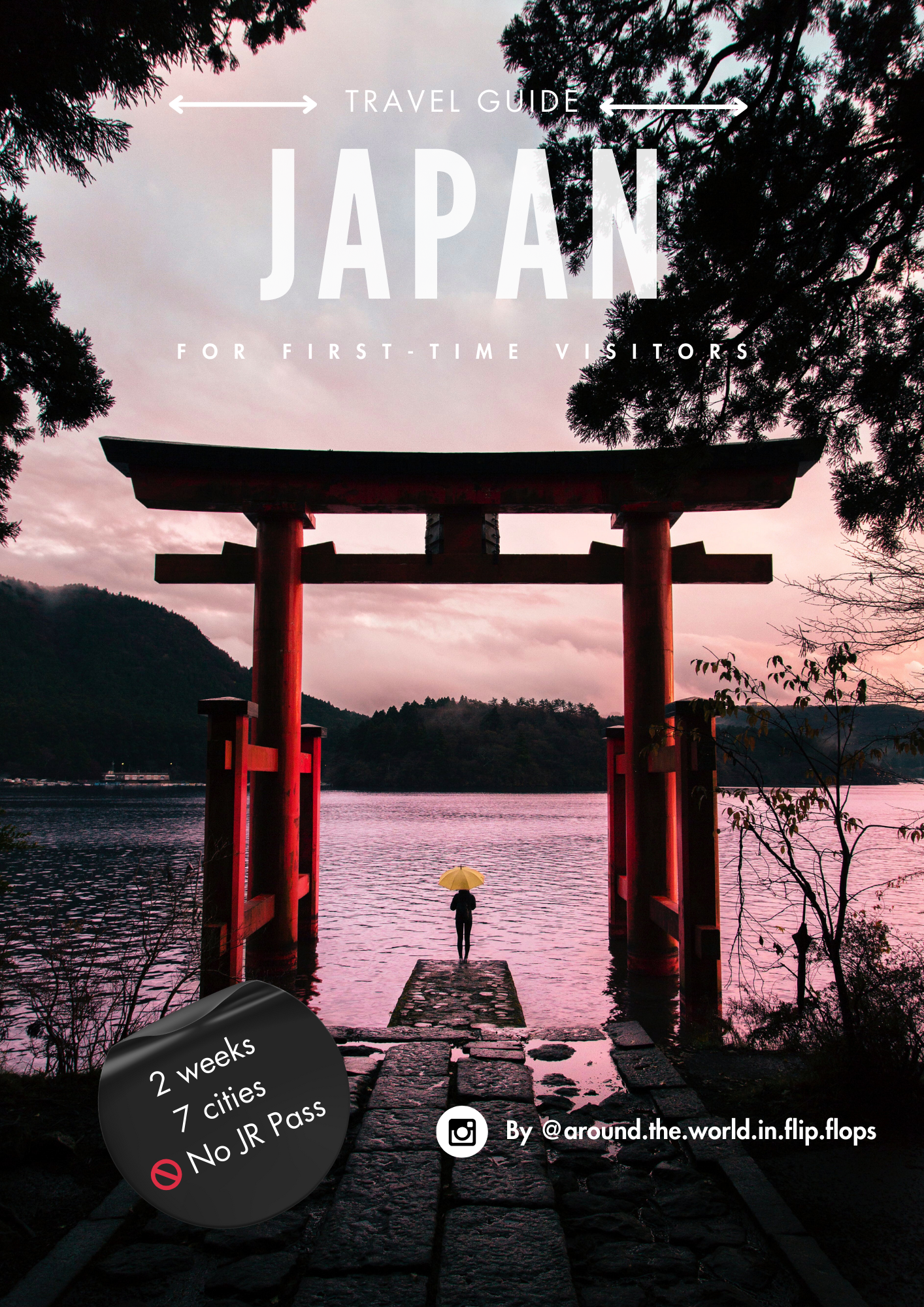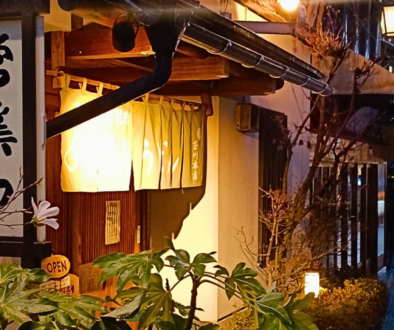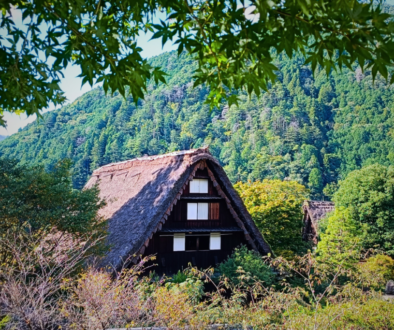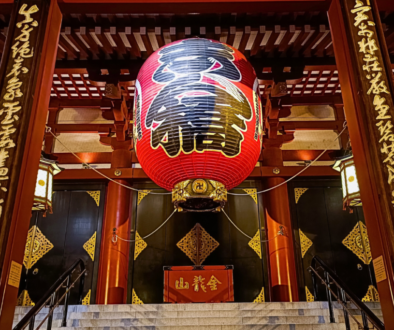Japan Bucket List: 10 Epic Experiences You Can’t Miss
People from all over the world travel to Japan to experience its unique culture, stunning landscapes and unforgettable traditions. With so much to see and do, planning a trip to Japan can feel overwhelming. That’s why I’ve put together this list of the most special bucket list experiences you absolutely don’t want to miss on your visit to Japan. Whether it’s your first trip or a return adventure, these must-do activities will help you make the most of your time in this incredible country.
♨️ Visit an Onsen: Japan’s Traditional Hot Springs Experience
If you’re planning a trip to Japan, you’ve probably heard about onsens — the traditional Japanese hot springs found all across the country. Onsens offer a uniquely relaxing experience, perfect for unwinding after a busy day of sightseeing.
What sets onsens apart from regular hot springs? The most notable difference is that swimsuits are not allowed. That’s right — when visiting an onsen, you’re expected to bathe completely naked.
This can feel uncomfortable or intimidating for many tourists at first, but don’t worry! Most onsens are gender-separated, so you won’t be sharing the space with people of the opposite sex. Also, the naked bathing culture is deeply rooted in Japanese tradition, so locals are completely at ease — and no one will stare or judge you.
Trying an onsen is a must-do bucket list experience in Japan, offering both cultural insight and pure relaxation. Just be sure to follow the onsen etiquette, like washing thoroughly before entering the baths!
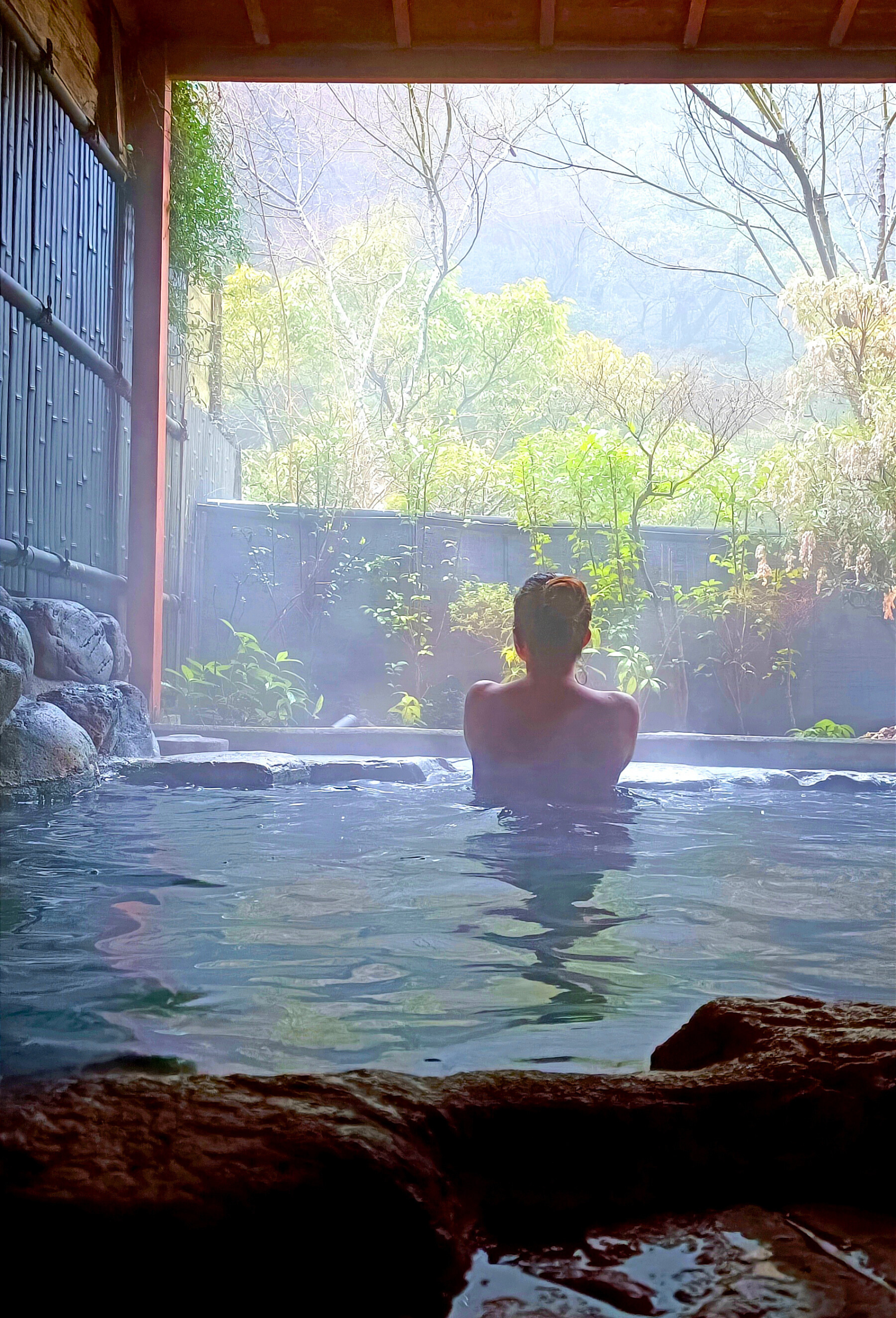
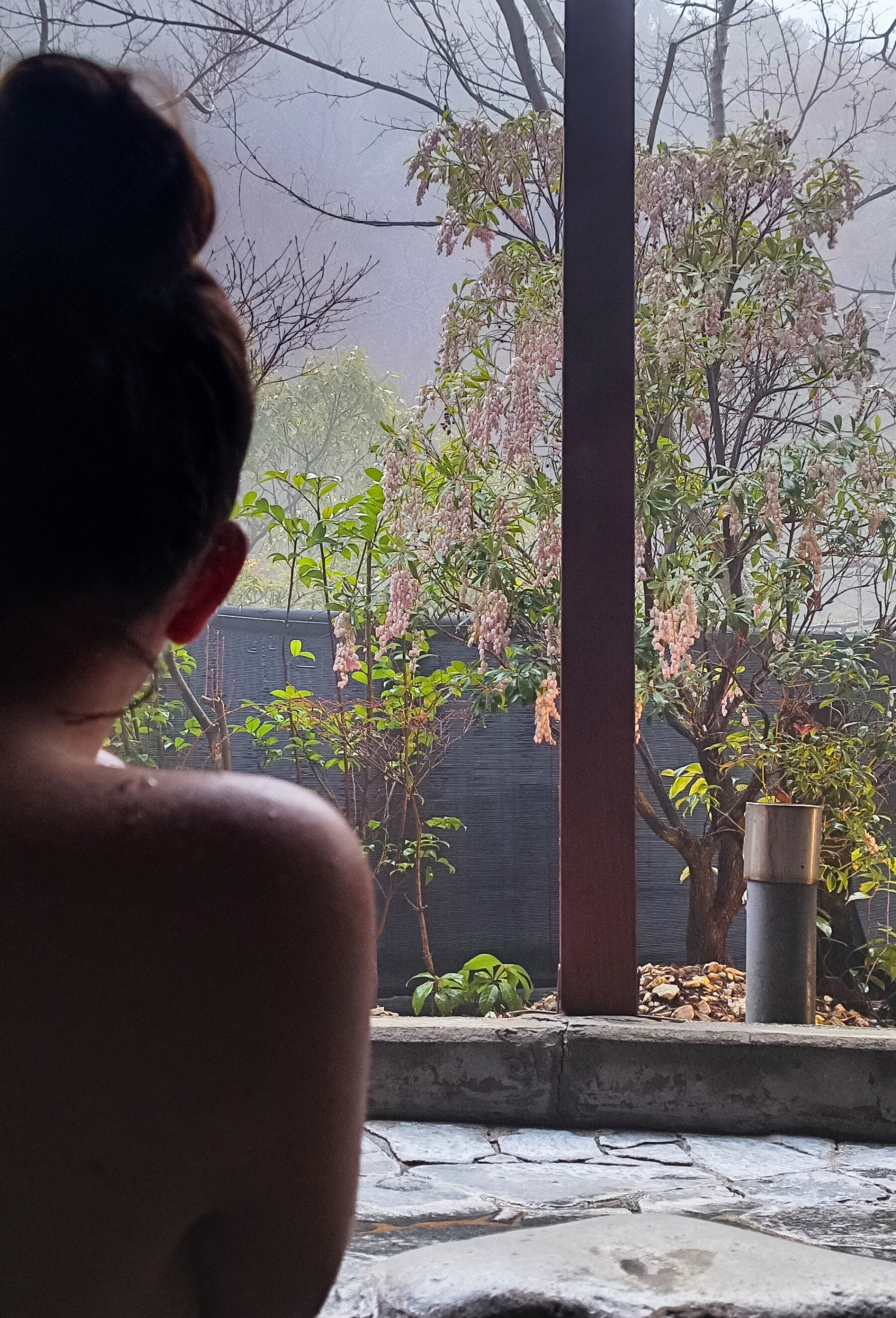
The large majority of Japanese onsens require you to go in completely naked
Another unique aspect of Japanese onsens is that tattoos are often not allowed. This tradition stems from historical associations with the yakuza (Japanese organized crime groups), who were among the few people in Japan to have tattoos. Because of this, many onsens — especially the more traditional ones — have banned tattoos to maintain a certain atmosphere.
While this rule might seem unusual today, it’s still strictly enforced in many places. If you have tattoos, it’s important to check the onsen’s policy beforehand, as some establishments do allow tattoos or offer private baths where tattoos aren’t an issue.
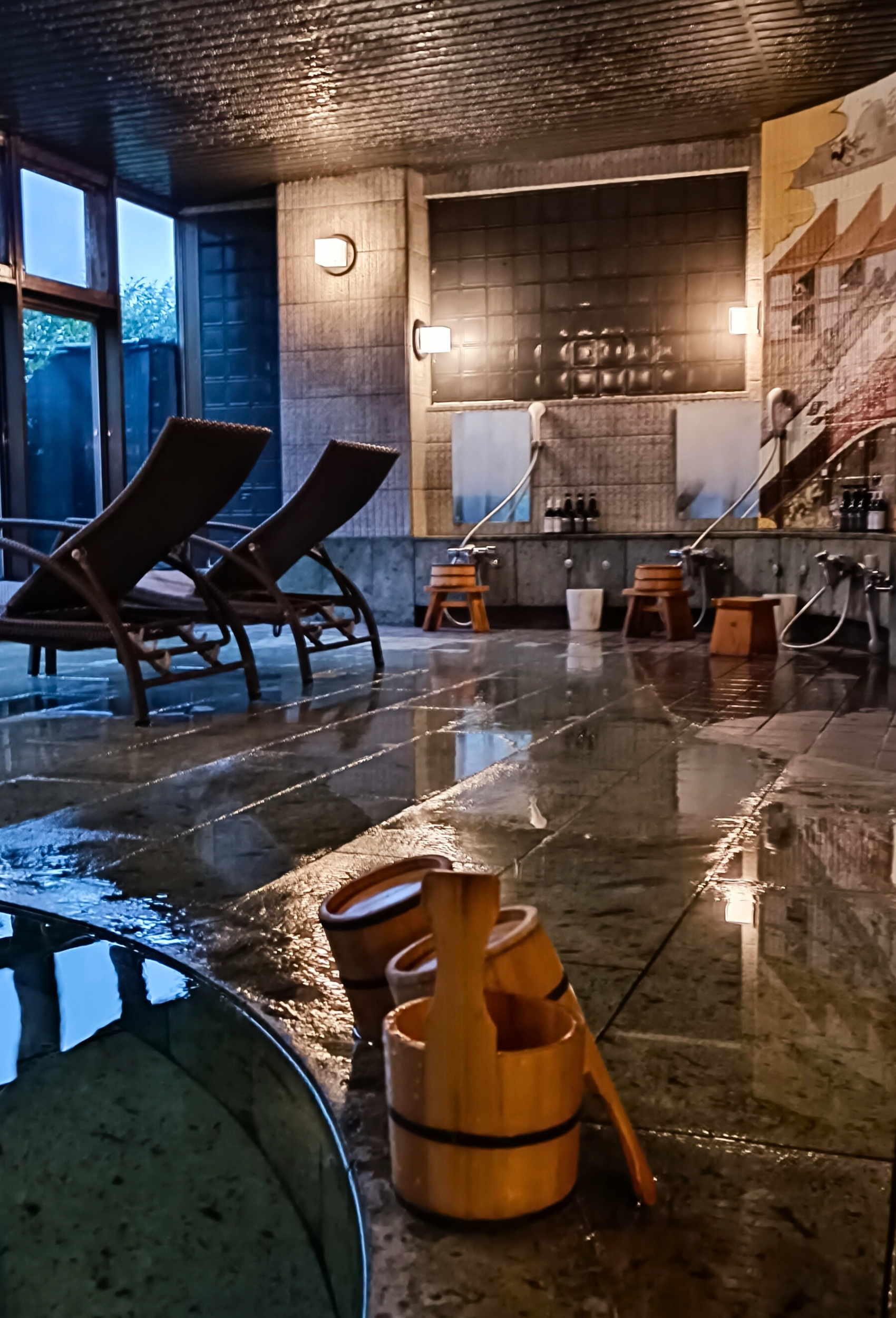
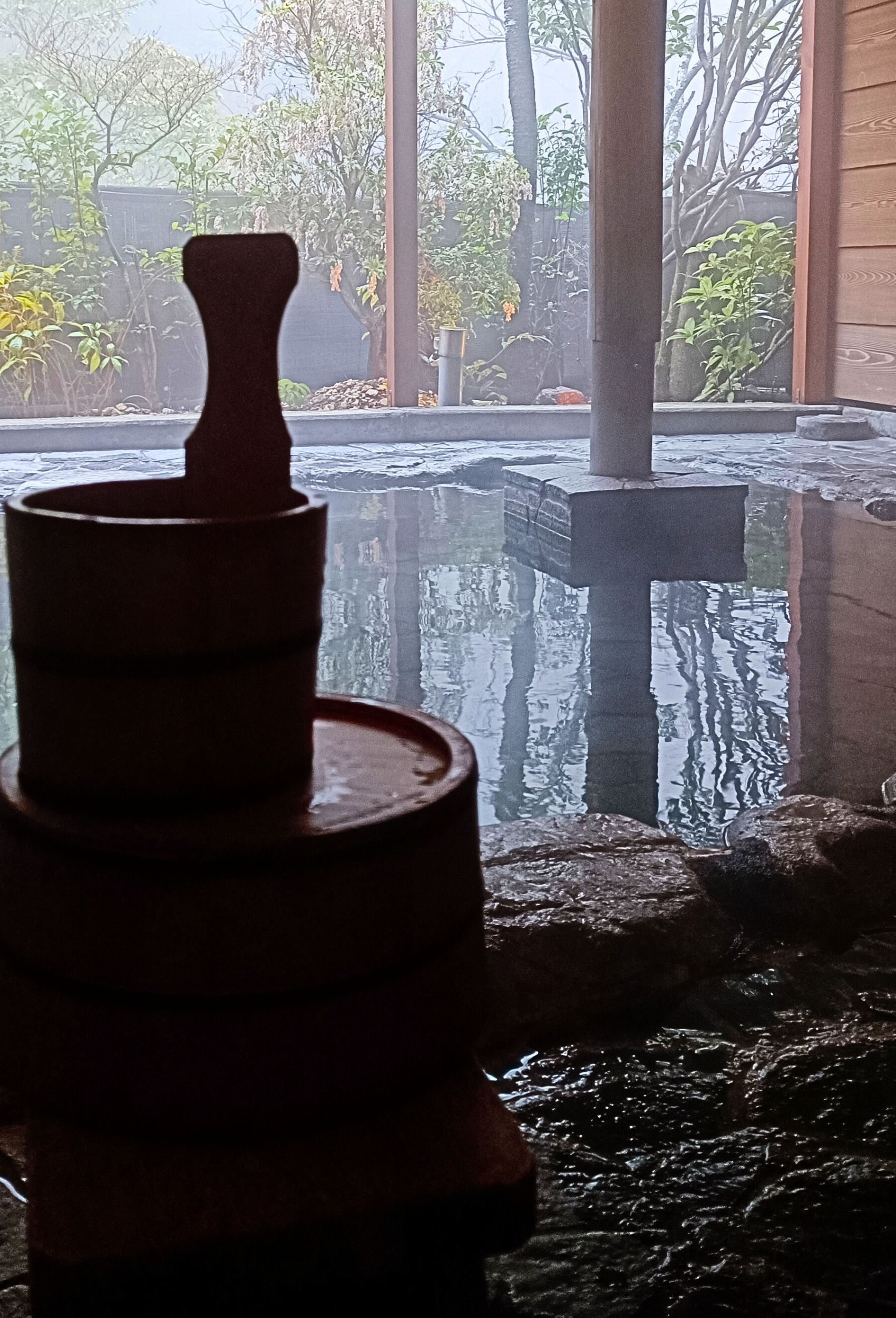
Going to an onsen is one of the most relaxing experiences you can have in Japan
💤 Stay at a Ryokan: Experience Traditional Japanese Hospitality
Another truly special experience to add to your Japan bucket list is staying at a ryokan, a traditional Japanese inn that offers a unique glimpse into Japan’s rich culture and hospitality.
Ryokans typically feature Japanese-style baths (often onsens), rooms with tatami mats and futons laid out on the floor for a cozy and authentic night’s sleep. Many ryokans also include traditional Japanese meals, such as kaiseki (multi-course haute cuisine), often served right in your room or in a communal dining area.
There are over 50,000 ryokans across Japan, and while many share these traditional features, they vary widely in style and price. You’ll find everything from luxurious, high-end ryokans with exquisite service to family-run, humble inns where you can enjoy a warm, intimate atmosphere. This diversity means there’s a perfect ryokan for every traveler and budget.
Staying at a ryokan isn’t just about accommodation — it’s an immersive cultural experience that you won’t want to miss on your trip to Japan.

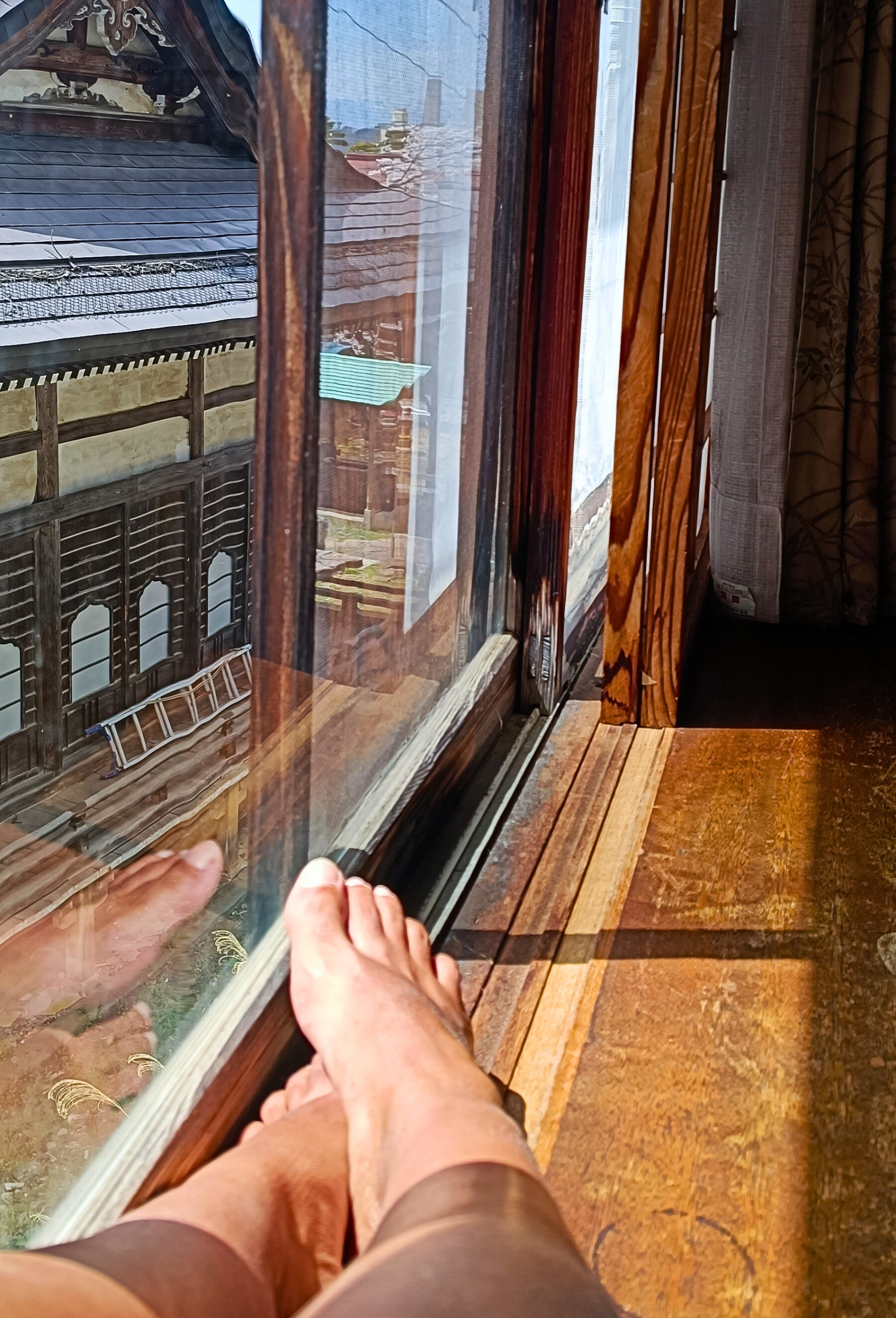
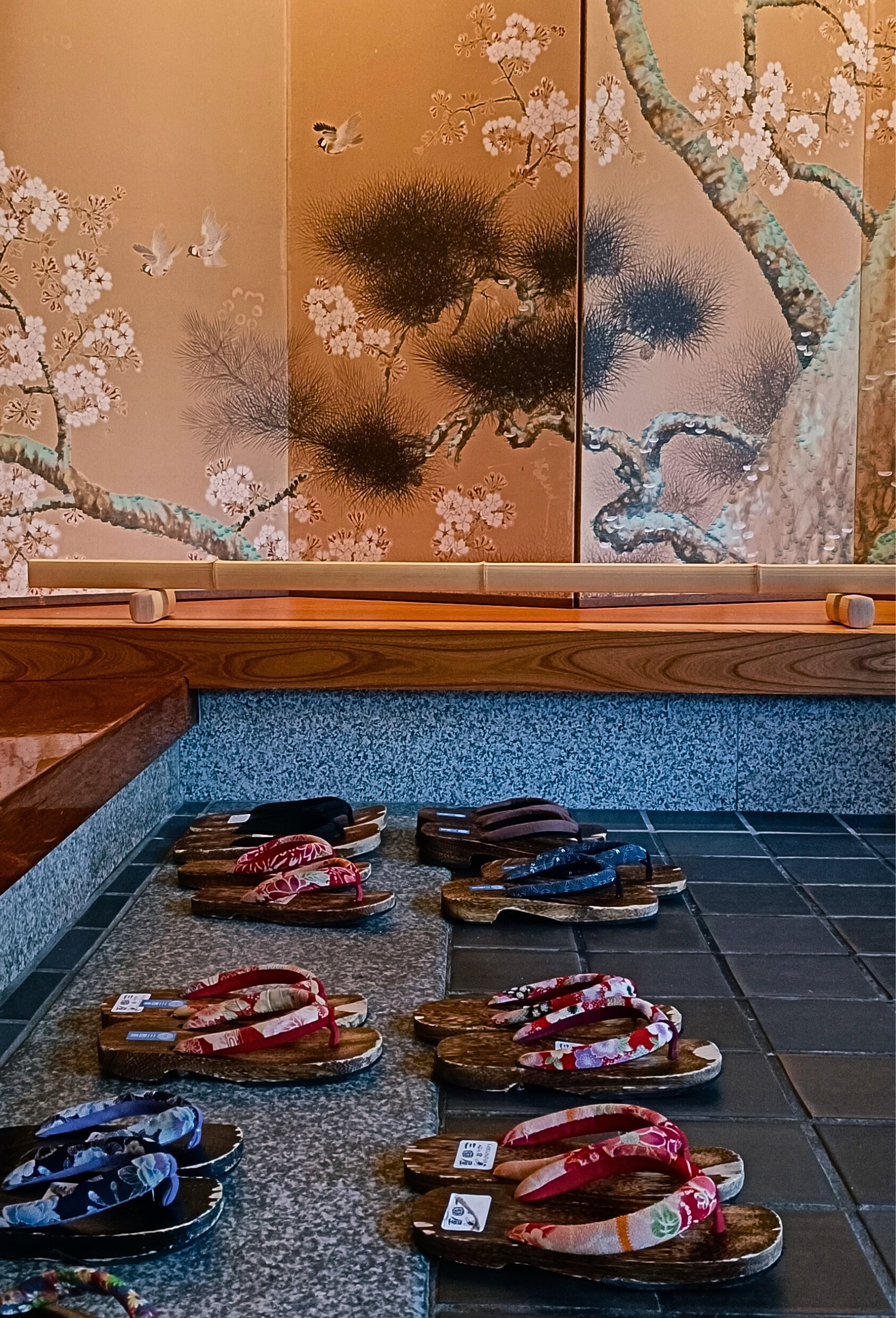
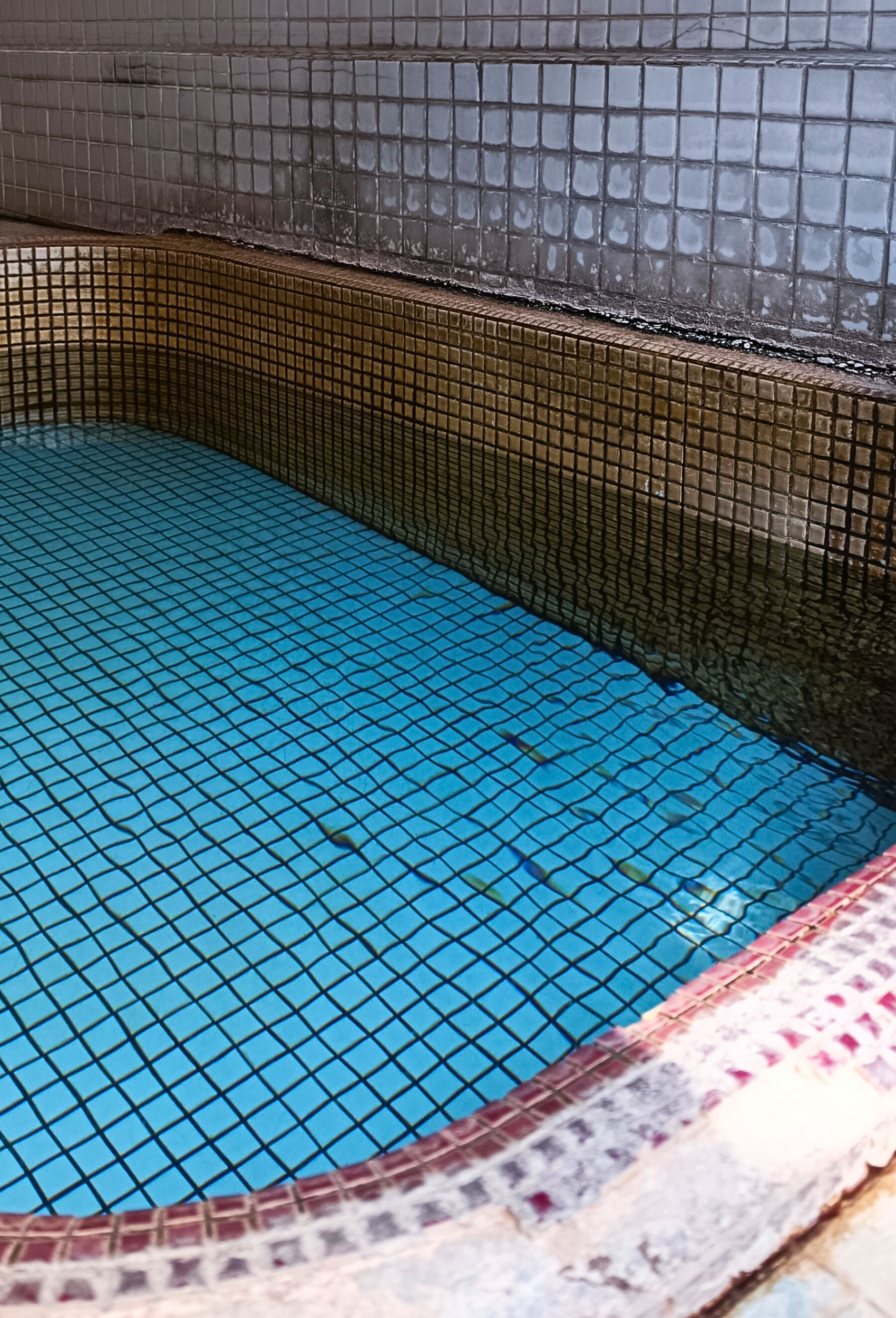

Staying at a Ryokan was one of the most special experiences I ever had in Japan
🌸🍂 Experience Japan’s Stunning Seasonal Changes
Everyone knows about Sakura Season—the iconic cherry blossoms that bloom every spring in Japan.
I have to admit that while planning my trip to Japan during sakura season, I wondered if it might be a little overrated. I’d seen the pictures, read the blogs and heard the hype—but part of me questioned whether it could really live up to all that.
It turns out, it wasn’t overrated at all. In fact, it was one of the most special travel experiences I’ve ever had, and I’m so grateful I got to witness Japan during that magical time of year.
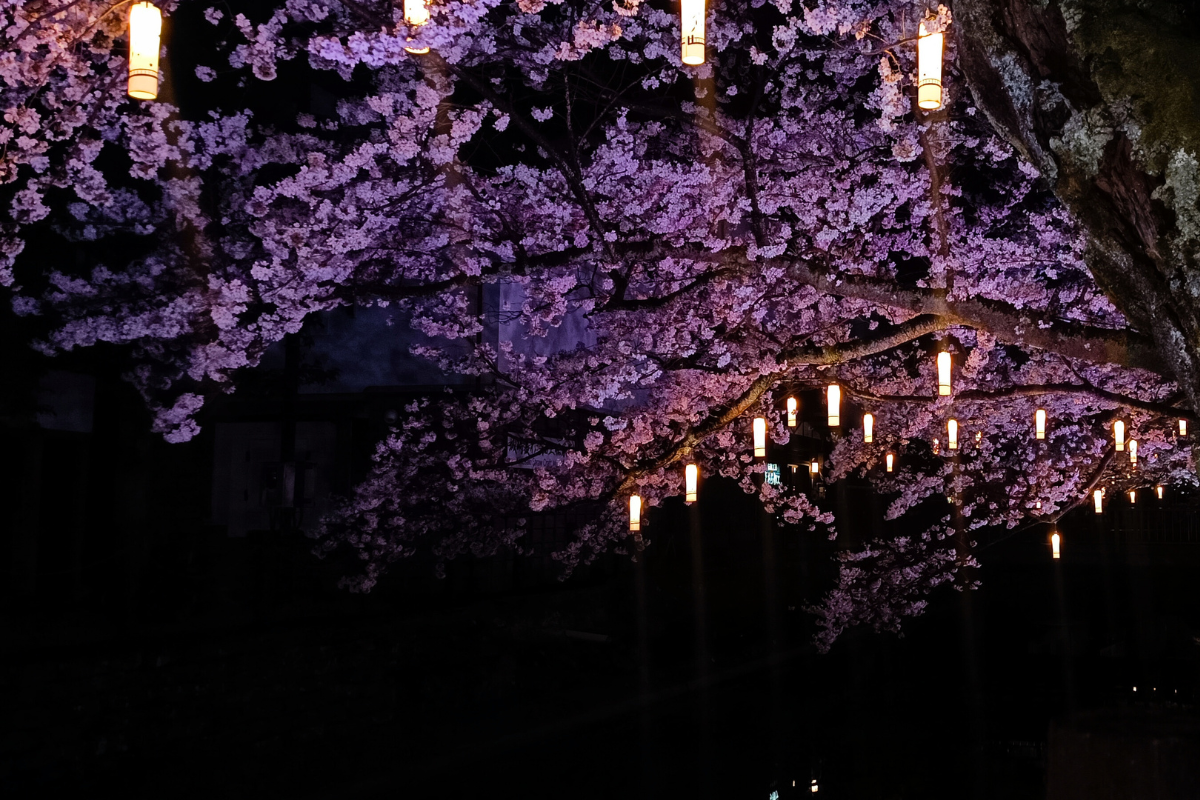
READ THE FULL ARTICLE: 5 Best Places to Visit in Japan During Sakura Season
But cherry blossom season is just one part of Japan’s incredible seasonal beauty. If you’re open to visiting Japan outside the busy spring months of March and April, you’ll discover something equally breathtaking: Japan’s vibrant autumn foliage.
Many travelers say they even prefer Japan’s autumn colors to the cherry blossoms—and after living in Japan during the fall season, I can definitely understand why. The landscapes come alive with brilliant shades of red, orange and yellow, turning mountains, parks and temples into postcard-perfect scenes.
Be sure to check out autumn festivals and seasonal illuminations, which are held all across the country. Japan is incredible at celebrating and showcasing its landscapes, and autumn is no exception. Parks, gardens, and historic temples are often beautifully lit up at night, adding a magical glow to the already stunning fall colors. It’s the kind of experience that stays with you long after the trip ends.

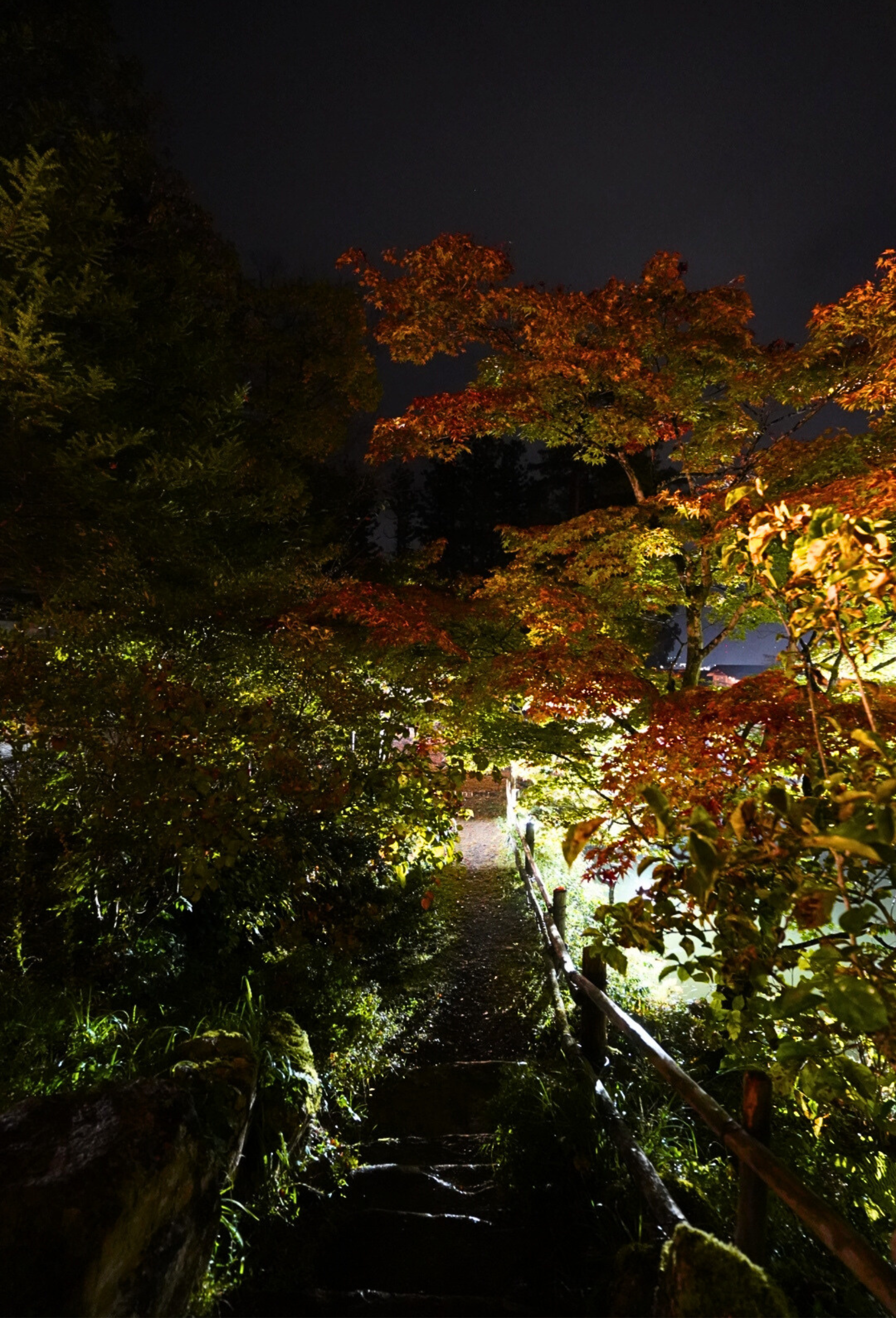
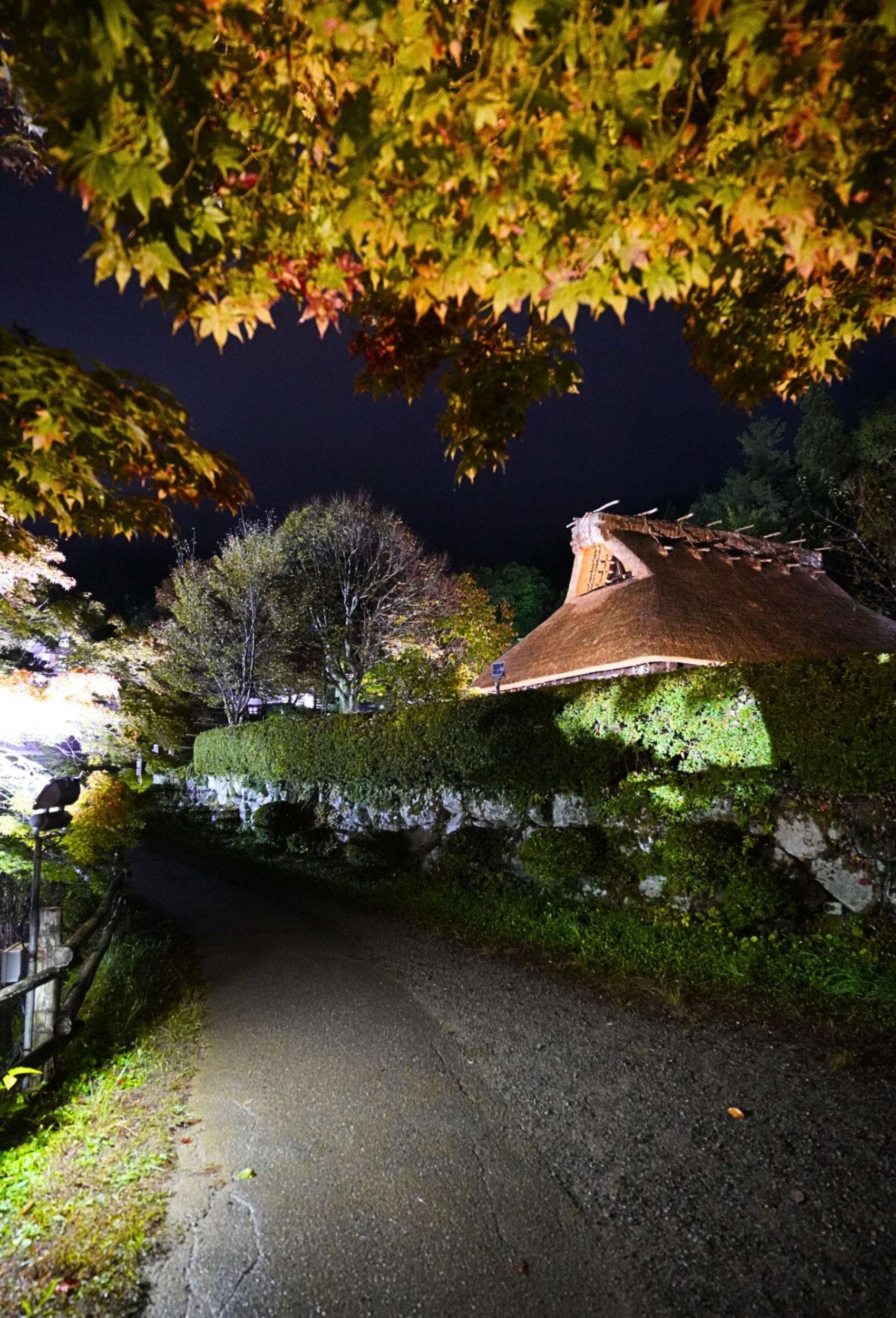


Autumn Illumination at Hida Folk Village, Takayama
So if you’re wondering: is autumn a good time to visit Japan? My answer is an absolute yes.
You’ll experience the country’s natural beauty during one of its most magical seasons—and I dare say, it will be truly unforgettable.
🍣 Enjoy Sushi at a Conveyor Belt Restaurant: Fun and Affordable Dining in Japan
One of the best parts of visiting Japan is, of course, the incredible food. From savory ramen to delicious soba, the options are endless. But in my opinion, nothing beats the fun and unique experience of eating at a conveyor belt sushi restaurant.
Conveyor belt sushi, or kaiten-zushi, is one of the most affordable and entertaining ways to enjoy sushi in Japan. Even while living there, I found myself visiting those spots way too often! Some of my favorites are Kura Sushi and Hamazushi, where plates start at just 110 yen for two pieces of fresh sushi.
Another bonus? Water and green tea are usually free, making this a perfect option for travelers on a budget who still want to enjoy authentic Japanese cuisine. The lively atmosphere and variety of sushi rolling by on the conveyor make dining here a memorable and tasty part of your Japan adventure.
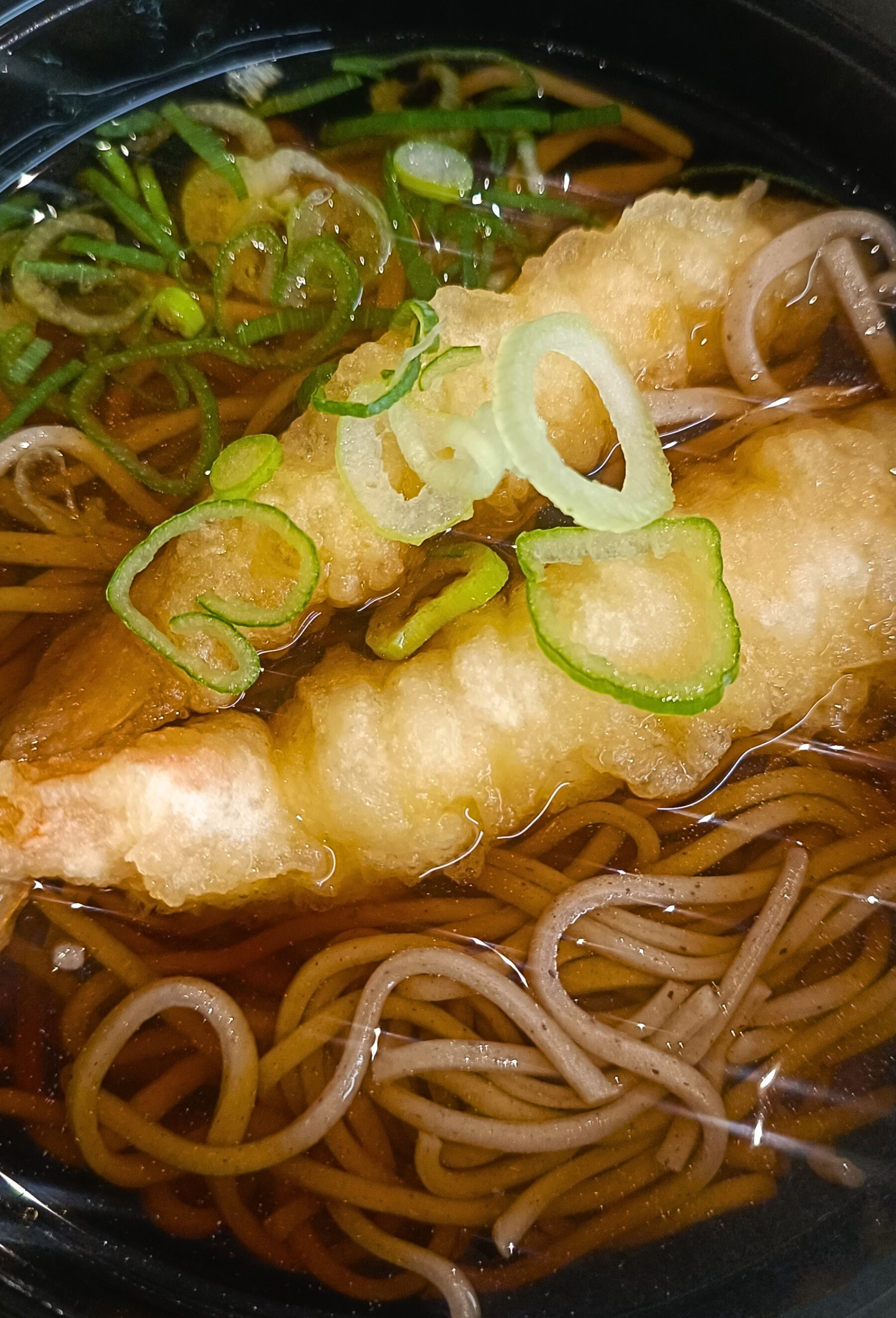
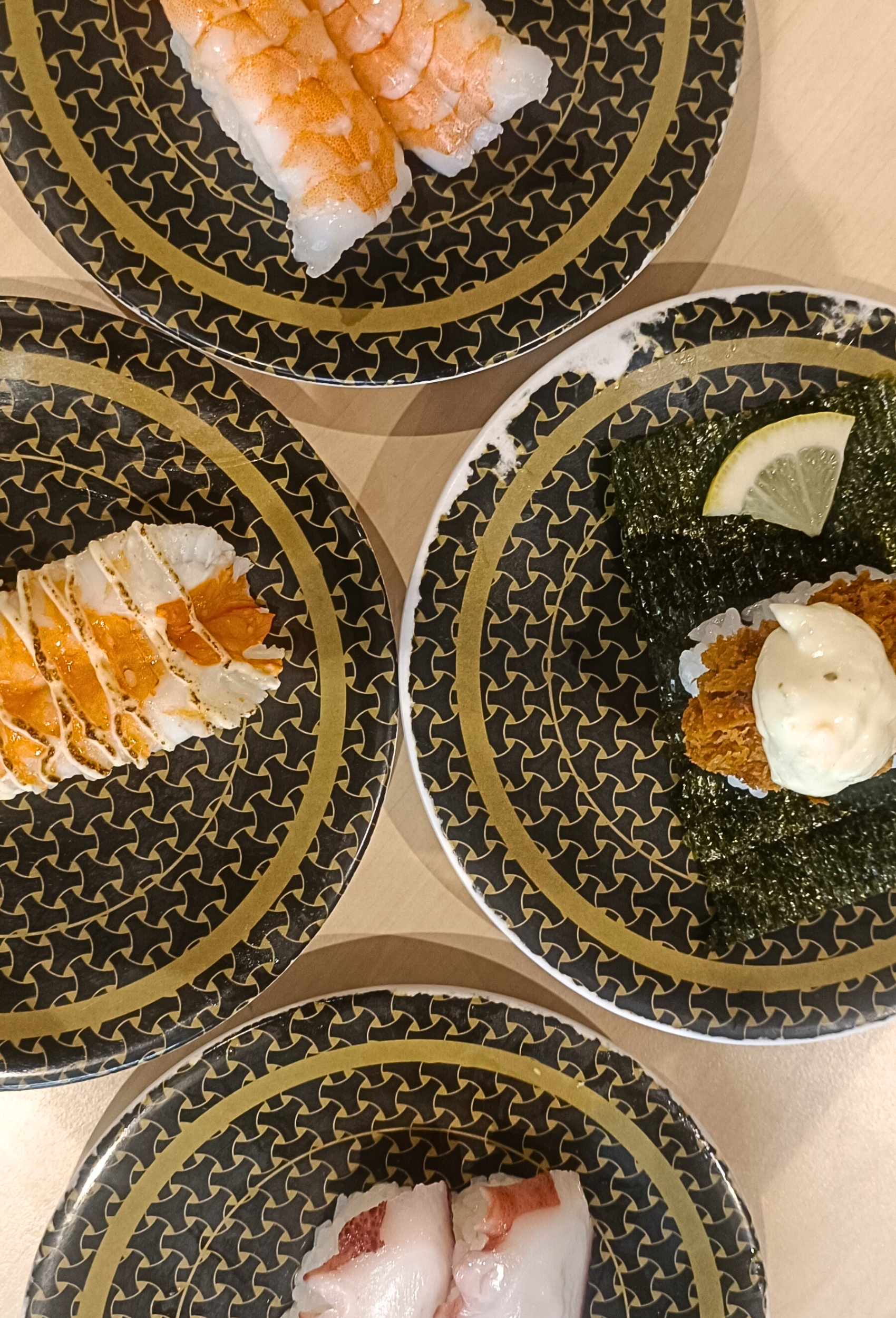
Food at conveyor belt restaurants is usually so cheap and delicious
🍵 Take Part in a Traditional Japanese Tea Ceremony
Everyone knows that tea is a big deal in Japan, and you’ll spot matcha just about everywhere — from cafés to convenience stores. But to truly appreciate its cultural significance, you have to experience a traditional Japanese tea ceremony.
These beautiful rituals date all the way back to the year 815 and are considered one of the three classical arts of Japanese refinement. Rooted in Zen Buddhism, the tea ceremony is more than just drinking tea — it’s a meditative, artistic experience that has been preserved for over a thousand years.
During a tea ceremony, you’ll witness the precise and mindful preparation of green tea (usually matcha), often inside a historic tea house with tatami floors and views of a peaceful Japanese garden. The ceremony can last anywhere from 30 minutes to several hours, depending on the style and depth of the experience.
You can find tea ceremonies all over Japan, including in major cities like Tokyo, Kyoto and Nara, where many offer English-friendly options for visitors. It’s a truly memorable way to connect with Japan’s spiritual and artistic traditions.
👘 Wear a Yukata or Kimono: Embrace Traditional Japanese Style
When I first visited Japan, I saw both tourists and locals walking around in beautiful traditional Japanese clothing, often posing for photos in scenic spots. At the time, I didn’t know the difference between a yukata and a kimono, and I hadn’t tried either on myself.
After traveling in Japan for several months and even living there for a while, I can honestly say that my yukata is one of my favorite possessions!
The main difference between a yukata and a kimono is the formality. A kimono is more elaborate and worn for special occasions like weddings or ceremonies, while a yukata is lighter, simpler and typically worn during festivals or summer outings.
Both are absolutely beautiful, and wearing one gives you a unique opportunity to connect with Japanese culture in a hands-on, personal way. Whether you’re strolling through Kyoto in a kimono or attending a summer festival in a yukata, it’s a fun and memorable experience — one you definitely won’t regret!
If you’d like to bring a yukata or kimono home as a souvenir, there are a couple of great options. You can try a kimono-making experience, where you’ll learn about the craftsmanship behind these beautiful garments and even take one home with you.
Another fantastic and budget-friendly option is buying one second-hand. Japan has plenty of vintage and thrift stores that sell gently used kimonos and yukatas at incredibly low prices — sometimes for less than a meal!
Can you believe I bought my silk yukata (pictured below) for only €12? I found it in this second-hand shop in Takayama, and it’s honestly one of my favorite finds ever.
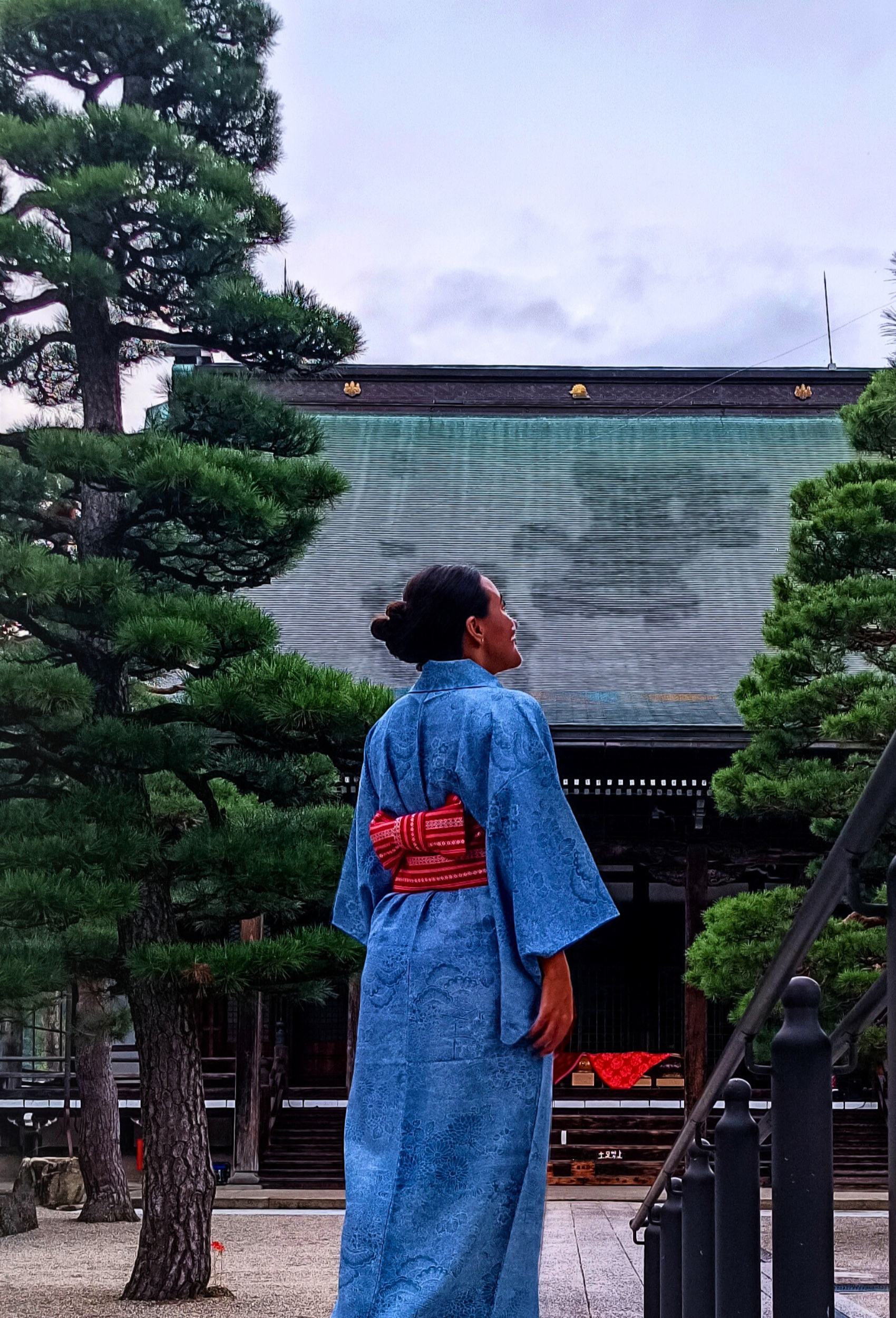

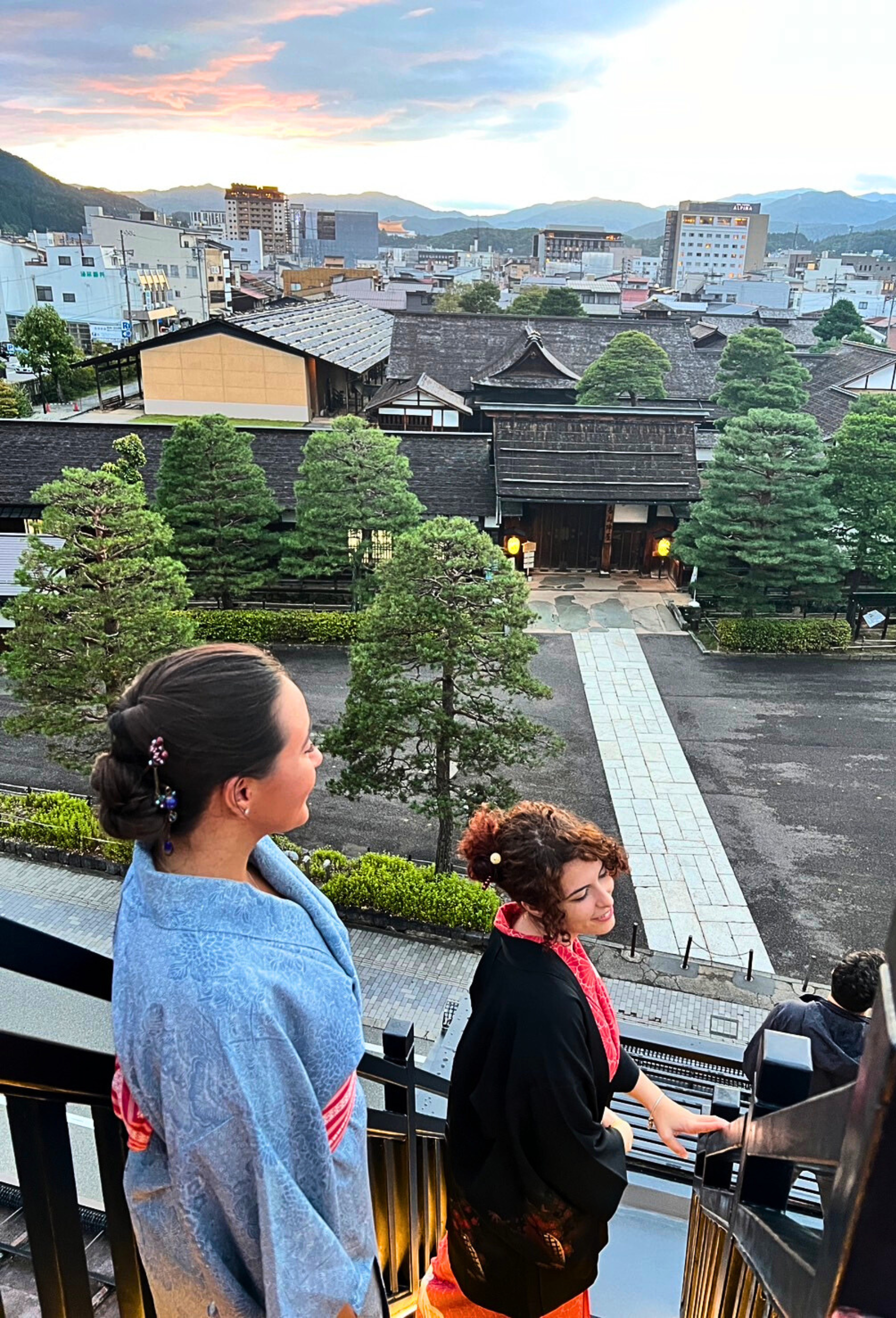

Second-hand Yukatas and Kimonos are really affordable in Japan, like this one I bought for 12€
📍 Visit a Historic Japanese Post Town: Step Back in Time
When people first visit Japan, they often stick to the classic tourist route: Tokyo, Kyoto, Nara and Osaka. While these cities are amazing and packed with things to see and do, they don’t always show you the deeper, more traditional side of Japan — the one that many travelers dream about.
If you’re craving a more authentic and memorable experience, head to the Japanese countryside. It truly feels like entering another world — peaceful, quiet, often uncrowded and full of History.
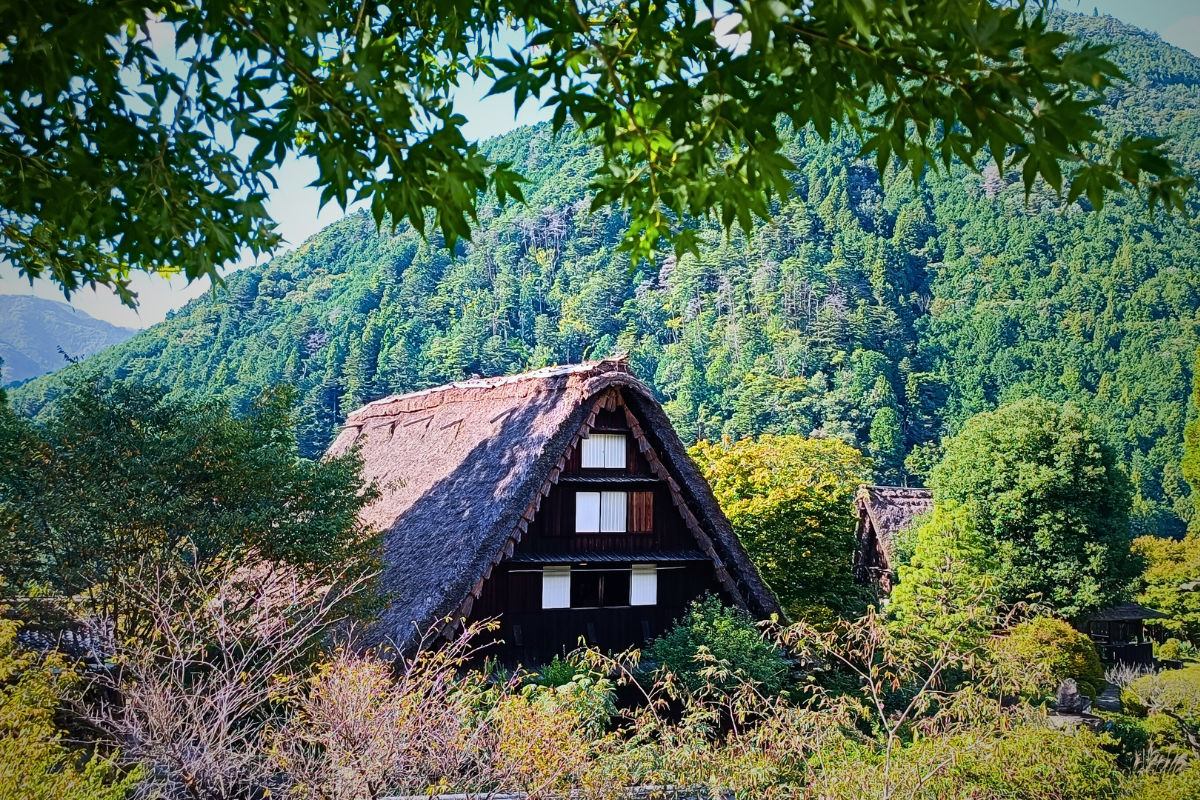
READ THE FULL ARTICLE: Most Beautiful Towns to Visit in Japan’s Countryside
One of the best ways to step back in time is by visiting a historic Japanese post town. These post towns were once vital rest stops along Japan’s old highways, used by travelers journeying to and from Edo (modern-day Tokyo). These towns offered places to eat, sleep and rest — and many of them have been beautifully preserved to this day.
Wandering through these towns feels like stepping into a different era. You’ll walk down streets lined with traditional wooden buildings, often untouched by modern development. The atmosphere is magical, especially at night when the crowds are gone and the lanterns light up the quiet streets.
Some of the most famous post towns include Magome-juku and Tsumago-juku in the Kiso Valley, but there are many other hidden gems scattered throughout Japan just waiting to be explored.
🚅 Ride a Bullet Train (Shinkansen): A Must-Do Japan Experience
I’ll admit — it took me a while to check this one off. Why? Because I travel on a low budget, and bullet trains (Shinkansen) aren’t exactly the cheapest way to get around Japan. Buses are way more affordable and surprisingly reliable, which is why I usually stuck with them.
💡 Psst… if you’re dreaming of Japan but worried about the costs, check out my post on 5 Tips to Plan a Budget Trip to Japan for money-saving advice that really works!
But here’s the thing: riding a Shinkansen is part of the Japan experience. These high-speed trains are sleek, smooth, and incredibly fast — and I really think you should try it at least once, even if you’re traveling on a budget.
If you have a Japan Rail Pass (JR Pass), you’ll likely be hopping on and off bullet trains regularly as you explore the country. But if you’re not planning to buy one (which honestly can be a smart choice depending on your itinerary), there are still ways to enjoy the Shinkansen without overspending.
For example, there’s a great day tour from Tokyo to Mount Fuji that includes a return ticket on the bullet train — giving you the experience without the hefty price tag. It’s the perfect way to tick this iconic experience off your Japan bucket list while also seeing one of the country’s most famous landmarks.
🗻 See Mount Fuji: Japan’s Most Iconic Mountain
Of course, no Japan bucket list would be complete without Mount Fuji — the country’s most famous and beloved peak.
This perfectly symmetrical volcano, formed over 100,000 years ago, is the tallest mountain in Japan, standing at 3,776 meters. It’s one of the most iconic and photographed sights in the country, often featured in artwork, postcards and travel dreams.
But here’s the truth: seeing Mount Fuji clearly isn’t always easy.

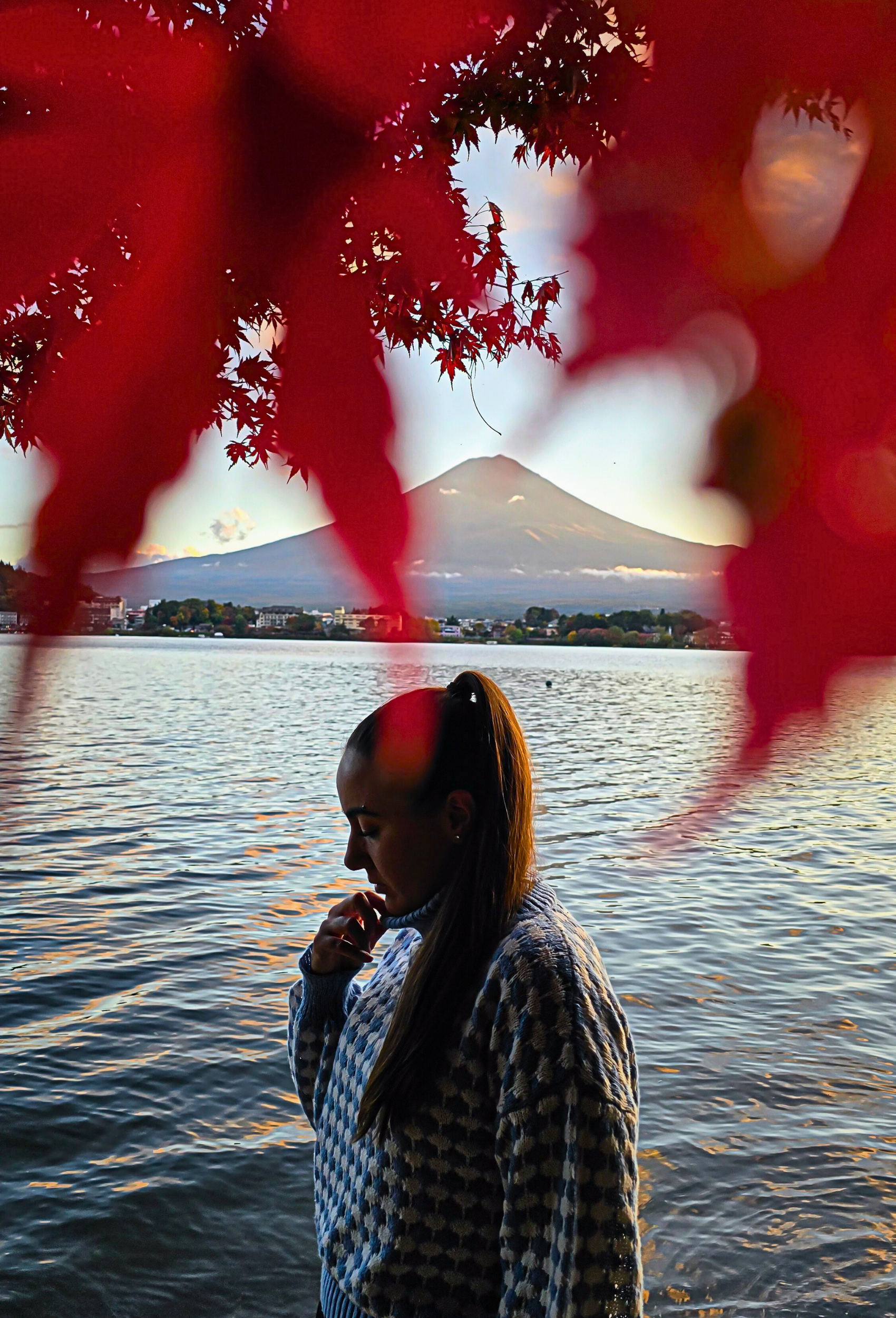
Seeing Mt Fuji isn’t always easy but it’s worth a try
The weather around the mountain is famously unpredictable, and many travelers find that clouds often hide it from view — even on otherwise clear days. That said, there are several locations known for great Fuji views, such as Lake Kawaguchi, Hakone and even certain spots in Tokyo on especially clear mornings.
The first time I saw Mount Fuji in the distance was on my 30th birthday, and honestly… I got emotional. I was on a train heading to Hakone, staring out the window in awe as the mountain appeared. It was such a beautiful and unexpected moment that a few locals nearby noticed my reaction — they started chatting in Japanese and smiling at me, saying “Mount Fuji” in the kindest, most cheerful way. It made the whole experience even more special.
Despite how elusive the mountain can be, catching a glimpse of Mount Fuji is absolutely worth the effort. It’s more than just a scenic photo — it’s a cultural icon and a reminder of Japan’s quiet, breathtaking beauty.
🏮 Experience a Traditional Japanese Festival (Matsuri)
No matter when you visit Japan, there’s a good chance a matsuri — a traditional Japanese festival — will be happening nearby. In fact, it’s estimated that hundreds of thousands of festivals take place across Japan every year, ranging from small local events to massive multi-day celebrations. Many of them are vibrant, cultural experiences that absolutely deserve a spot on your Japan bucket list.
Here are a few of the unforgettable festivals to look out for:
- 🎎 Takayama Festival – Gifu Prefecture: April 14–15 and October 9–10 — this is considered one of Japan’s top three most beautiful festivals. It features elaborately decorated floats, traditional music and a historic setting in one of Japan’s most charming old towns.
- 🎉 Sanja Matsuri: Tokyo’s most popular shrine festival, Sanja Matsuri takes place in Asakusa every May. It features energetic parades, mikoshi (portable shrines), street food, and an electric atmosphere.
- 🏮 Gion Matsuri – Kyoto: Another one of Japan’s “top three” festivals, Gion Matsuri takes over Kyoto every July. The main highlight is the Yamaboko Junko parade on July 17, where giant wooden floats — some as tall as 20 meters — are pulled through the streets in an incredible display of craftsmanship and tradition.
-
🦊 Fox Wedding Festival (Kitsune-bi Matsuri) – Hida-Furukawa, Gifu: Held every year on September 22nd in the charming town of Hida-Furukawa, this unique festival reenacts a traditional Japanese wedding procession — with a twist. Participants dress up as foxes, symbolizing ancient folklore and spiritual beliefs, and parade through the streets with glowing lanterns, creating a magical, almost surreal atmosphere. If you’re in Japan during this time, it’s truly one of the most unforgettable and photogenic festivals you can attend.


Takayama Matsuri: one of Japan’s most beautiful festivals
Japan is an incredibly beautiful and culturally rich country, packed with unforgettable experiences — and these are just 10 of my personal favorites. Whether you’re into nature, history, food, or unique traditions, there’s something here for every kind of traveler. I truly hope this list has inspired you and helped you start planning your own dream trip to Japan!
If you’re looking for even more inspiration and practical tips to plan your Japan adventure, be sure to explore my free travel guides below 👇🏼
DO YOU WANT TO HELP THIS PROJECT? USE THE LINKS BELOW AND I’LL GET A SMALL COMMISSION THAT REWARDS MY WORK 👇🏼
- Skyscanner: Find the cheapest flights 🛫
- Booking.com: Find the best accommodations, flights & car rentals 🛏️
- Hostelworld: Find the best hostels 📍
- AirHelp: Get paid if your flight was delayed or cancelled 💰
- Airalo: Get an Esim and stay online abroad 📱
- Omio: Find the best transportation options anywhere in the World 🚆
- 12goAsia: Book transportation in Asia 🚌
- Trip.com: Get the best discounts on flights, hotels & car rentals 💰
- Get Your Guide: Book the best tours & buy entrance tickets 🎫
- Tripadvisor: Find other travelers’ opinions ✍🏼
- Rental Cars: Rent a car for your trip 🚗
- Discover Cars: Get up to 70% discount on car rentals 💰
- Revolut: Stop paying for exchange fees abroad 💳
- Surfshark: Get a discount on your VPN 💻
- Klook: Get 10% discount on Klook 🤑
- IATI Insurance: Get 5% discount on your travel insurance 🔒
- Worldpackers: Find voluntering opportunities in more than 140 countries 🌎
- Viator: Find tours around the World 🎟️
- Osprey: Find the best backpacks on the market 🎒
- LARQ: Get a self-cleaning bottle that kills viruses and germs 🦠
- TravelSpend: 50% discount on the best budget-tracking app 💰





